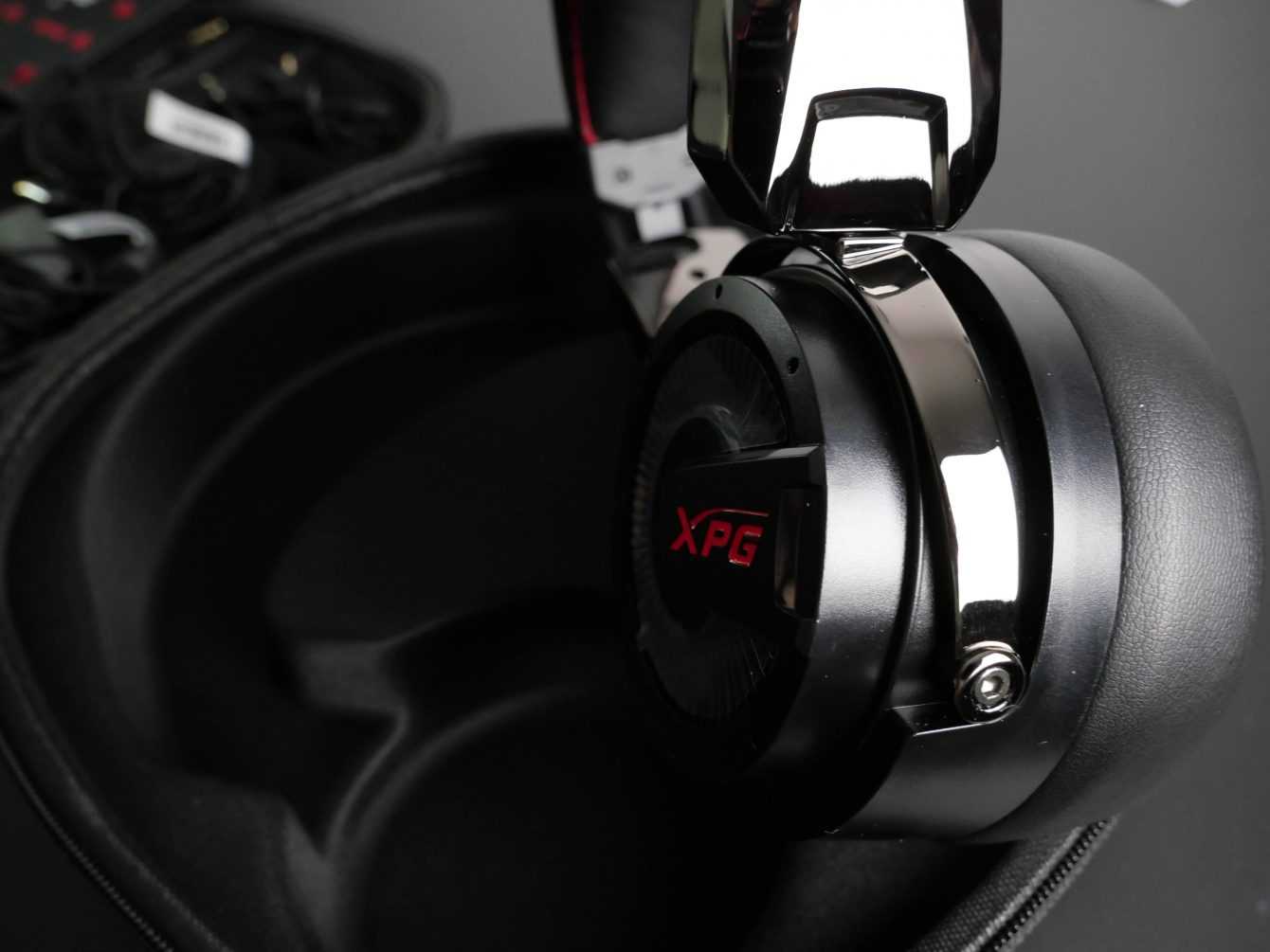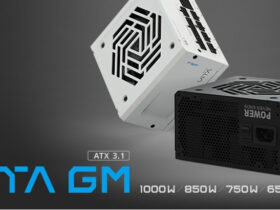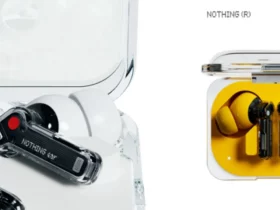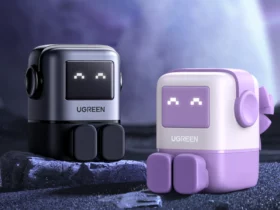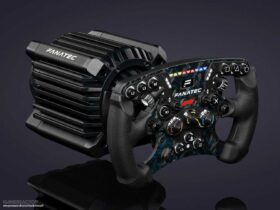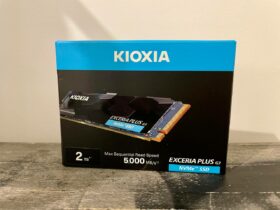In this article we will see the review of the XPG PRECOG gaming headset. XPG Adata taught us that there are many ways to achieve quality and that doesn’t change when it comes to this pair of headsets. Particular, almost unique, these PRECOGs manage to surprise with attention to detail, innovation and design
Thanks to this article we are going to complete the XPG Adata triptych consisting of the XPG PRIMER gaming mouse, XPG SUMMONER keyboard and the headphones you are reading about.
Offering sound suitable for any type of video game is virtually impossible. The world of video games is so layered that offering an audio spectrum that fits any occasion becomes complicated for companies and sometimes when you want too much you squeeze nothing. This is not the case with XPG PRECOG that manage to have a scalability able to satisfy all tastes.
Obviously, perfection does not exist. In some areas we were fully satisfied with these headphones and in others less so. Obviously we have put a strain on the entire sector, audio and otherwise, to bring you an article that can give you a complete overview of this product. We just have to put the headband on our head and start our journey to discover the strengths and weaknesses of these XPG PRECOGs.
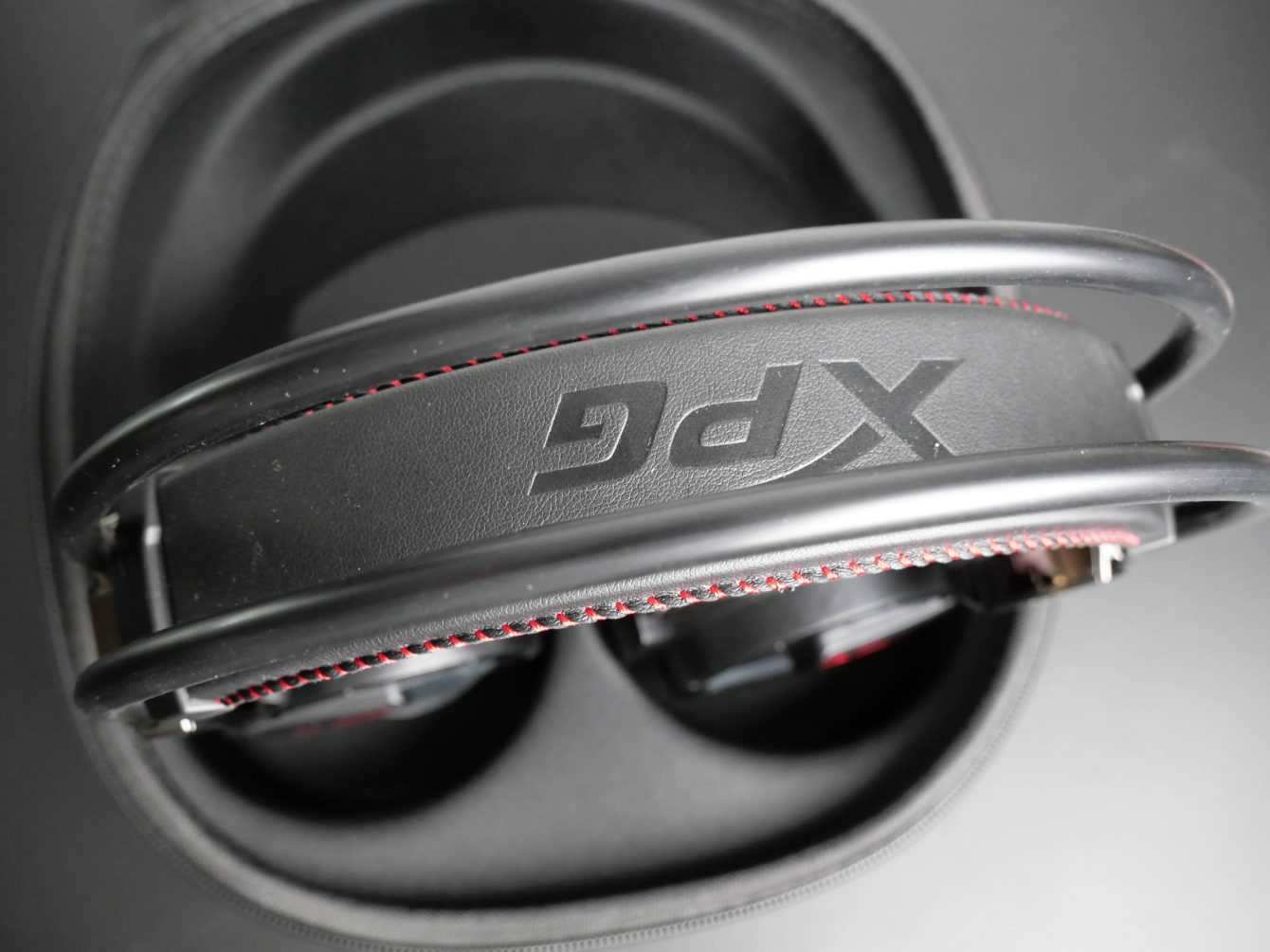
Let’s discover these gaming headphones thanks to their technical data sheet
- Headphone weight: 362g
- Dimensions (LxWxH): 69 x 237 x 198mm
- Driver: Dual dynamic / electrostatic drivers
- Frequency response: 5 Hz – 50,000 Hz
- Impedance: 32Ω±15%
- Sensitivity: 102±3 dB/mW a 1 KHz
- Noise suppression technology: ENC (Ambient Noise Suppression)
- Microphone direction: Unidirectional
- Microphone frequency response: 20 Hz – 20,000 Hz
- Microphone sensitivity: -38 db±1,5 db
- Sound Mode: Music mode / Virtual 7.1 mode / FPS mode
- Light effect: Red LED
Packaging and design | XPG PRECOG review
The packaging of the XPG PRECOG says a lot about the overall quality of the product and above all on the attention to detail that we learned about in XPG. Only by taking a look at the packaging of this headset can you breathe the desire to offer a unique and complete experience.
Wrapped in a plastic designed not to ruin everything we find a leatherette case, a “travel bag” in all respects. To further cover the bag we find a card that shows us the headphones and gives us some information about them. The cardboard is also provided on the sides of a scratch-resistant rubber to avoid damaging the case.
Once the case is opened, thanks to the zip closure that ends with a comfortable rubber insert that shows the brand logo, a well-divided and organized compartment system appears in front of us. You may be wondering why to use all these jokes to describe something easily visible in the picture. The answer is very simple. We hardly found ourselves in front of such great care for a pair of headphones during our reviews and consequently it seems fair to give to Caesar what is Caesar’s.
Returning to the inside of the package we find, in addition of course to the headphones, a series of cables and inserts that make up the package as follows: a wired controller type C with DSP sound card, wired controller in line from 3.5 mm, cable type AC, Y cable splitter
In a nutshell we really have the opportunity to take advantage of these headphones in the way we like best.
The insertion of a cable that goes from USB Type C to one with a USB Type A connector or even a splitter that allows you to take advantage of the microphone and headphones with separate connectors, are options that represent a truly complete and valuable choice.
As for the materials, we really have nothing to complain about. THE pavilions are made of leatherette and memory foam, same goes for the bow. In addition, the headband hides a plastic band very suitable for the choice of the mode that was decided for the adjustment of the same. Headband that uses a very comfortable self-regulation system.
The upper part of the headband, on the other hand, is made of metal and is covered with a layer of rubber. This section is divided in two and in doing so manages to ensure better weight distribution and better impact resistance. The red stitching offers that extra touch that never hurts.
Headphones they are not RGB but can be illuminated in red by pressing a button on the USB controller. Controller needed to power the LEDs. This implies that if you decide to use the headphones via the jack, you will not be able to use the LEDs just mentioned.
Inside the pavilions we find the XPG tribal sun logo, while on the outside we find (always in red) the XPG text logo.
The system that allows you to rotate the pavilions by 180 degrees is chromed gunmetal. The size of the pavilions is sufficient to completely cover even generously sized ears.
As for the purely aesthetic side, I leave the arduous sentence to you. How easy it is to understand from the photos we are faced with a particular design that you may or may not like.
Concluding the part dedicated to aesthetics and materials of this review of the XPG PRECOG, let’s talk about the microphone. The microphone attaches naturally to the headphones and is removable. The plastic that covers the metal core is sober and elegant. The pop filter it’s the right size and doesn’t bother.
Let’s see how these headphones sound | XPG PRECOG review
The drift of these headphones seems clearly oriented towards competitive gaming and above all FPS. But you will be surprised to know that they only give their selves when they are released from their limits.
The headphones when connected via USB have the advantage, or the possibility if you prefer, to take advantage of the sound card bundled with the controller connected to the wire. This controller allows us to turn on the LEDs, activate or deactivate further noise cancellation and to choose between three pre-installed profiles. Given the lack of dedicated software it really felt like a thoughtful addition.
However, everything changes when you go to test the real functioning of these profiles.
The first proposed is called “FPS“. As the name implies, this profile should help the player to sense the footsteps of the opponents, the origin of the shots and so on. To do this, the basses are filed and priority is given to sounds that vibrate on medium and high frequencies. In doing so, however, understanding the real direction of the shots is not easy, without considering that the voice of a possible team is distorted. In game, hearing the voice of your teammates could be fundamental and the dialogue, even if clear, could annoy due to a distortion of the vocal tone.
Obviously the choice falls on the player, would you prefer to have one type of sound or another? To you the choice!
The second profile is called “7.1 surround sound” and as you might think it offers a surround system with seven output points plus a dedicated bass encoder. Obviously it’s all virtual and if we have to be honest it’s not the best. Our advice is to use this feature if you play on consoles and not use it if you are a PC player. Obviously also in this case the choice falls on your taste.
The third, and most appreciated by us, profile bears the name of “Music“. Ironically, the profile that should be furthest away from the gaming world (based on the name it was given) is in our opinion the best one. It almost seems that there is no artifice, and that the audio comes directly from the PC (or from the console) without any change. In this way you can fully enjoy the quality of the headphones and above all the formidable pair formed by dynamic and electrostatic drivers.
Being able to find this type of driver on headphones that are not very expensive or at least not designed for use in the recording studio, gives an even greater feeling of overall quality.
Speaking of the microphone and noise cancellation we can safely say that this device is one of the best with whom we have never been able to chat vocally in game and not. In game, but also on Discord, we have never had problems in transmitting our voice which is always clear and limpid. Noise cancellation is excellent with and without the aid of the sound card.
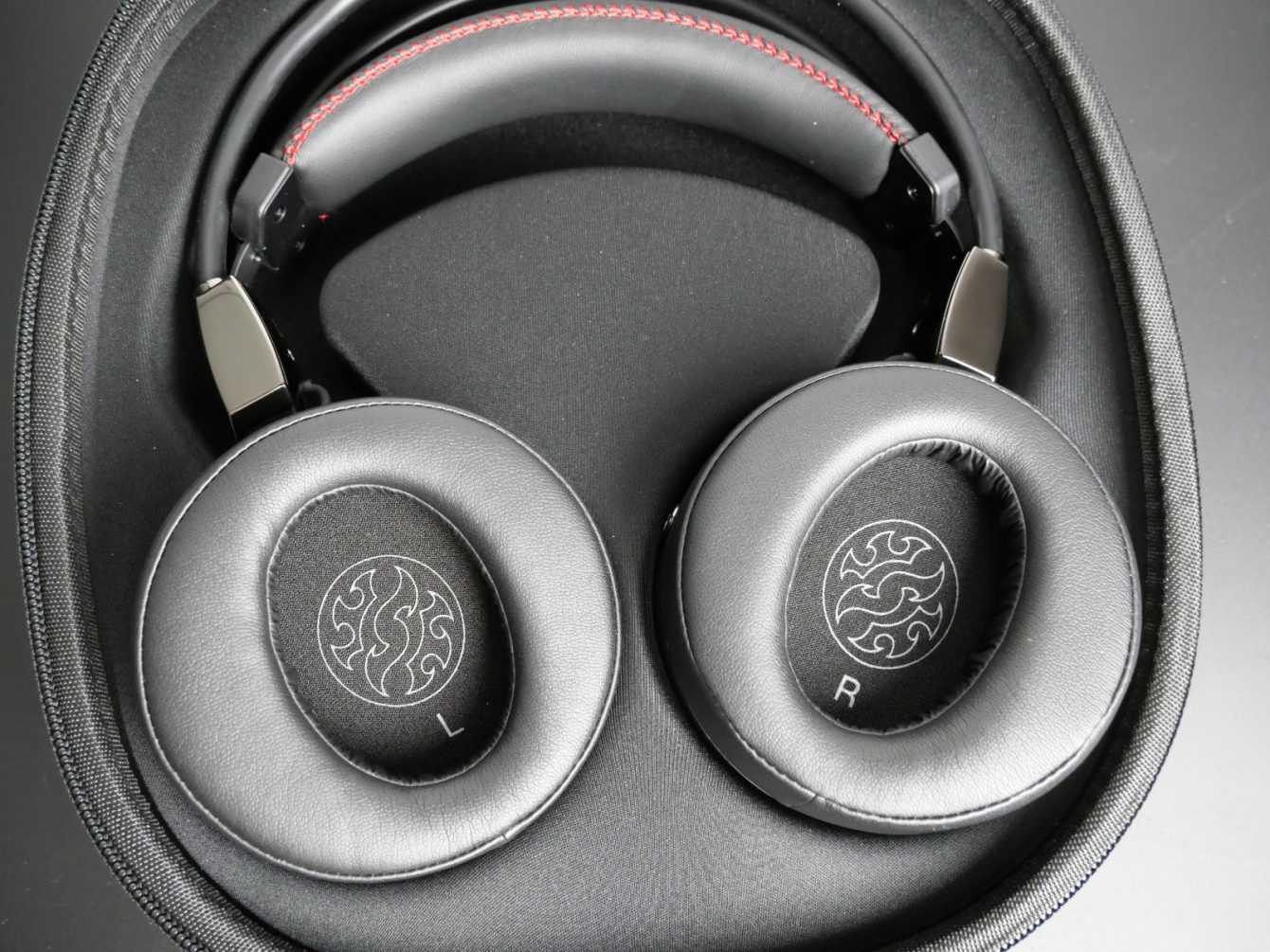
Who should buy them?
Concluding the review of the XPG PRECOG we feel comfortable recommending them to any player demanding. In this price range you will hardly find an equally good package. XPG PRECOGs truly offer a complete package to suit all tastes.
The attention to detail, an infinite series of accessories and a wide choice of audio profiles make it difficult to buy something better by spending this amount. Some small shortcomings, as mentioned, can be found in the audio profiles that are not always impeccable and in the lack of a real dedicated software but, if you look concretely, the purchase is a real bargain.
Note: All photos in this review were taken with a Panasonic Lumix Dc-G90M.
Points in favor
- Excellent value for money
- A more than complete set
- Great microphone
Points against
- The proposed audio profiles do not excite
- There is no dedicated software






